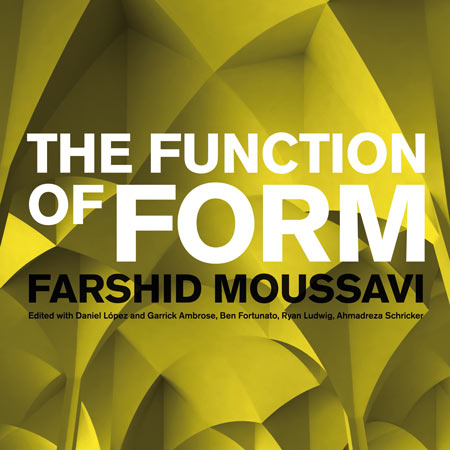
Competition: five copies of The Function of Form by Farshid Moussavi to be won
Dezeen and publishers Actar have got together to offer readers the chance to win one of five copies of The Function of Form by Farshid Moussavi, academic and co-founder of Foreign Office Architects.
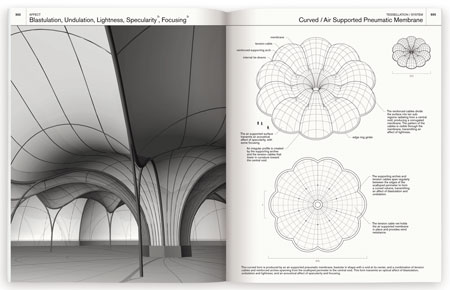
The book explores what Moussavi sees as the traditionally opposed relationship between function and form, using both speculative research and studies of built or proposed designs.
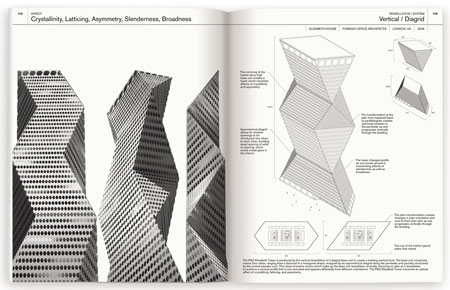
The 384 page book follows Moussavi's first book, The Function of Ornament, and explores how material systems can be tessellated to create a variety of forms.
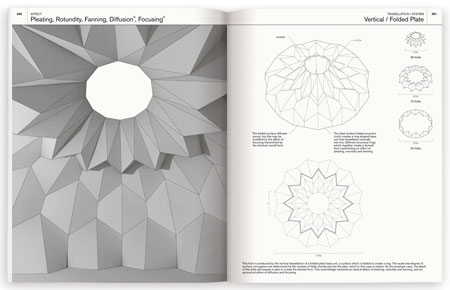
This competition is now closed.
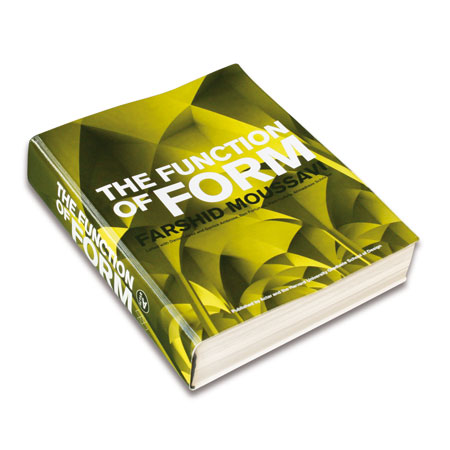
Five winners will be selected at random and notified by email. Winners’ names will be published in a future edition of our Dezeenmail newsletter and at the bottom of this page. Dezeen competitions are international and entries are accepted from readers in any country.
Subscribe to our newsletter, get our RSS feed or follow us on Twitter for details of future competitions.
Here are some further details from Actar:
--
Function of Form
‘Form follows function.’ There has never been a more seductive dictum in the history of architecture. In The Function of Form, internationally acclaimed architect, Farshid Moussavi, provides a provocative critique of the historically opposing relationship between function and form to reveal the contradiction at the heart of modernism. We need to move away from the definition of function as utility, she argues, to align it with how function is defined in mathematics, biology or music.
Form, on the other hand, should be considered not only in the way buildings are produced, but also how they perform sensorially. Function and form, considered together in architecture, stand in opposition to the dualism which defined our approach to the built environment throughout the twentieth century.
For Mies van der Rohe, buildings were a refuge from ‘the acute anxiety of the metropolitan experience,’ while Rem Koolhaas describes the building as a “machine to fabricate fantasy”. Deftly guiding readers through the historical and theoretical arguments around the production and performance of form in architecture, Moussavi, a Harvard professor and co-founder of the award-winning Foreign Office Architects, cites works by Palladio, Le Corbusier, Mies van der Rohe and OMA, as well as references to Islamic and Gothic architecture, and writings by theorists including Gottfried Semper and Gilles Deleuze, to illustrate the shortcomings of considering form and function independently in today’s increasingly molecular/hybrid reality. Moussavi’s argument extends beyond architecture to an examination of culture, production and form in all aspects of contemporary life, showing the effects of markets and technologies on case studies spanning science, spaghetti sauce, cars, jeans and Gyrotonics® exercise machines.
Following on from Moussavi’s critically acclaimed first book, The Function of Ornament, Actar and the Harvard Graduate School of Design (GSD) are pleased to announce the release of The Function of Form (FOF), developed in conjunction with seminars taught by Farshid Moussavi at the GSD, The Function of Form comprises a comprehensive set of material systems, and analyses ways in which they can be tessellated to produce novel forms. This book provides a thought provoking account of the challenges facing the 21st century built environment, and an enlivened awareness of the wider possibilities of architectural form.
Organization of the book
The book is divided into chapters with each chapter devoted to a specific idea for assembling a material system, combining a physical material with a structural concept or idea. To show the flexibility of these assemblies, each chapter explores the different ways in which this idea can assemble the physical material. In each case, the base generative unit- “base unit”- of each system is identified, outlining its structural capacities and constraints, and its affective traits. Each base unit is then tessellated in three primary directions – horizontal, vertical, and curved – to test its potential to produce different forms of enclosure including horizontal, shed-like forms; vertical, towerlike forms; or spherical, dome-like enclosures. In some cases the base unit is varied in other geometric ways to cater for other external concerns such as environmental concerns or specific spatial and sensorial desires.
Over seventy percent of cases documented in this book are speculative – the result of the research. The remaining pages analyze projects that are either built or have been proposed by architects and engineers throughout history and in different geographies. Together, they point to the inherent flexibility of material systems, revealing the range of built forms that can be generated by each system, with unique affects and sensations. They also demonstrate that built forms are determined not only by objective, technical issues but also by the specific subjective choices that architects make among a myriad of possibilities that each material system offers.
In each case, the right-hand page shows how the base unit is repeated and varied to assemble the specific form, revealing its degree of complexity. The left-hand page provides an image of the resulting form, together with a list of affect titles, in an attempt to suggest the different optical and acoustic (marked by this symbol ) affects produced as a result. Illustrating affects is a difficult task, as affects are in fact “intensities”. In order to initiate a discussion around the consideration of affective performance of forms within the process of design, the book considers that a combination of affect titles and an image of each space should provide readers with an indication of the affective differences between cases as actualized throughout the book.
Note on the author
Farshid Moussavi is an architect and co-founder of Foreign Office Architects. Renowned as one of the world’s most innovative architectural practices, FOA integrates architecture, urban design and landscape architecture in a wide range of international projects, including the Yokohama International Port Terminal in Japan and the John Lewis Department Store and Cineplex in Leicester, England. FOA’s current architectural projects include the Museum of Contemporary Art, Cleveland in the United States.
A prominent academic and architectural theorist, Moussavi has been a Professor in Practice in the Department of Architecture, Harvard University Graduate School of Design since 2005. She directed the research for her influential first book, The Function of Ornament, and her new book, The Function of Form, at Harvard. Moussavi is continuing this work as director of Function-Lab, a research laboratory she has founded to explore the changing relationship of architecture and material culture.
Born in Iran, Moussavi studied at University College London and at Harvard, and is now based in London. Always involved in education in parallel to running her own practice, she has taught at the Architectural Association and the Academy of Fine Arts in Vienna, as well as at Harvard. Moussavi is also a trustee of the Whitechapel Gallery and the Architecture Foundation in London, and a member of Steering Committee of the Aga Khan Award for Architecture.
Book specifications
Author: Farshid Moussavi
Edited with: Daniel López-Pérez and Garrick Ambrose, Ben Fortunato, Ryan Ludwig, Ahmadreza Schricker
With contributions by: Richard Galbraith of Sandy Brown Associates on acoustics and Jason Guteratne of Halcrow Yolles on structures
17 x 22 cm
384 pages
Language Edition: English 978-84-96954-73-1
Plastic cover
Published by Actar and Harvard University Graduate School of Design

Buy this book and others at the Dezeenbooks store
(in association with amazon.co.uk)
Congratulations to the winners! Ron Assa in the USA, Milena Zindovic in Serbia, Daniel Parker in The UK, Tiago Pinto de Carvalho in Mexico and Mathilde Fossy in France.